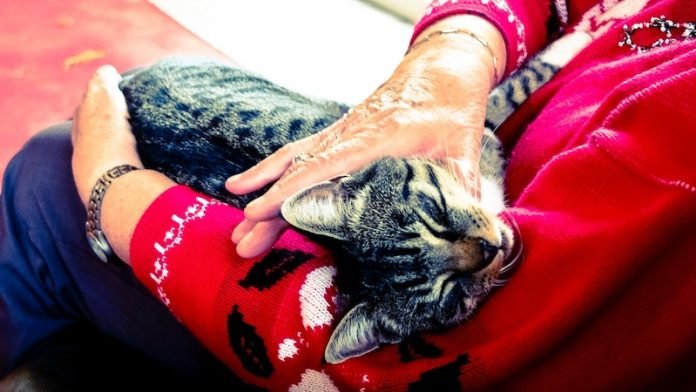
Parkinson’s disease is a movement disorder that affects at least 500,000 people in the United States.
It occurs when brain cells fail to produce enough dopamine, a chemical that helps to control movements, motivation, emotions, and sensations like pleasure.
Symptoms of Parkinson’s begin gradually and become worse over time. They include trembling, stiffness, and poor balance and coordination.
As Parkinson’s progresses, daily tasks like walking, talking, and chewing may become difficult. Depression and sleep problems are common.
It’s unclear why some people develop Parkinson’s; genes may play a role, as well as exposure to chemicals in the environment.
Researchers have studied the following complementary health approaches for Parkinson’s:
Psychological and Physical Approaches
Tai Chi. There’s limited evidence that tai chi may help to improve balance in some people with Parkinson’s disease, but studies have had mixed results.
In a 2012 study of people with mild-to-moderate Parkinson’s, the group assigned to do tai chi twice a week for 24 weeks had greater improvements in their balance, stability, and walking speed compared to the groups who did resistance training or stretching.
The tai chi group was also more likely to continue exercising after the 24 weeks, a follow-up study showed.
However, two or three tai chi classes a week over 16 weeks wasn’t associated with improvements in walking, a smaller, 2013 study funded by NCCIH showed.
Massage and Acupuncture. The research on massage and acupuncture for people with Parkinson’s is limited. There’s no strong evidence that either helps to reduce symptoms.
Dance. Compared to other forms of exercise, taking dance lessons, particularly Argentine tango, appears to help with some symptoms of Parkinson’s for at least the short term, research reviews of multiple, small studies show.
In general, participants’ balance, mobility, and quality of life improved. The studies didn’t include participants with advanced Parkinson’s.
Repetitive Transcranial Magnetic Stimulation (rTMS)
rTMS uses magnetic pulses to stimulate targeted areas of the brain. It’s been approved for certain types of depression, and a few (but not all) studies show that it may improve some symptoms of Parkinson’s.
rTMS is non-invasive and differs from deep brain stimulation, a surgical procedure used to treat several disabling symptoms of Parkinson’s.
Caregivers: To protect your health and well-being, consider joining a support group, establishing a daily routine for yourself, getting exercise, and seeing your own health care provider as needed.
Safety
Tai chi, acupuncture, massage, and dance appear to be safe for most people with Parkinson’s but check with your health care provider before beginning a new exercise program or complementary health approach.
rTMS generally appears safe for people with Parkinson’s, but it may pose a risk if you have a pacemaker or experience certain types of seizures.
Sign up for our newsletter for more information about this topic.
If you care about Parkinson’s disease, please read studies about foods that may reduce death risk in Parkinson’s disease, and new drugs show promise in slowing down Parkinson’s disease.
For more information about brain health, please see recent studies that common high blood pressure drugs may prevent Parkinson’s, dementia, and results showing people with Parkinson’s may benefit from 7 walking strategies.



